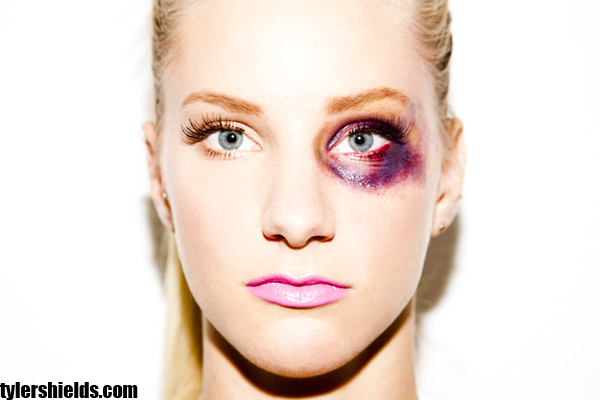
This BCC news article debates about women’s military roles in Australia. Recently, Australia abolished all restrictions on women’s roles in its military forces. If they are able to meet the entry standards, women are now not only able to serve in special forces units, but also front-line combat units. The proposal of this abolishment was based on the idea of equality among all sexes. According to Defense Minister Stephen Smith, this proposal “is a logical extension to the very strongly held view in Australian society that all of us are equal irrespective to our backgrounds and irrespective of our sex”, he also adds that “from this day forward…no combat roles, no front-line role will be excluded from an Australian on the basis of his or her sex…” However, there were objections and debates about this abolishment. Some argued that Mr. Smith was only using gender equality as a “political gimmick”. So the debate question brought up in this news article is whether women should have the right to play equal roles as men in the military. Currently in Australia, women are eligible for around 93% of military roles, including artillery duties.
The Wok that is involved here is ethics. The Australian government’s decision on abolishing restrictions is returning women their freedom of action in the military field. Before the law was abolished, some may argue that by restricting the roles of women in military forces, the government is limiting the freedom of action for women, and so limiting women’s human rights. Thus, the question on whether it is ethical for the government to restrict human rights comes into play. To what extent can the government limit people’s freedom of action and is it right to do so?
Also, another ethical issue involved here is gender discrimination and equality. By eliminating restrictions on women’s roles in the military, it is enforcing gender equality; therefore I believe that it is right for the government to abolish this rule. In my opinion, not allowing women to play as important roles as men in the army is similar to discrimination. By doing so, the army is basically sending out the message that they believe women are incapable in certain aspects compared to men. Of course, when the physical aspect is discussed, it is hard to use gender equality as an argument, because men and women are biologically built differently. Some may argue that women are generally more limited in strength and size compared to men. However, the same military standards and rules are applied to both men and women, therefore if a woman is able to play the same role as a man in the military, that means she meets the standard requirements, and so she is qualified. Thus, there should be no reason why a woman cannot fight in a certain unit, such as the special forces unit, if she is as capable as a man.

Gender equality is similar to racism, and both issues bring up the larger topic on human equality. Racism happens when a certain group of people from a certain culture discriminates or mistreats another cultural group, and so in racism, people are treated unequally as well. This brings up the question on whether humans should be treated equally or not. And in my opinion, everyone is the same in the sense that we are all humans, and therefore we all deserve to be treated in the same proper way.








